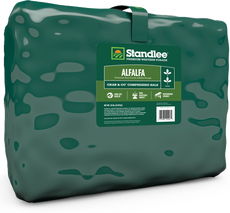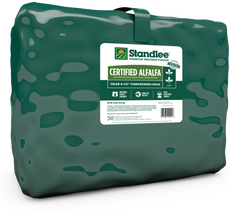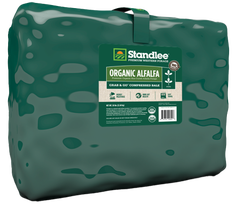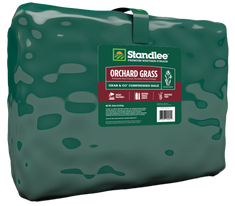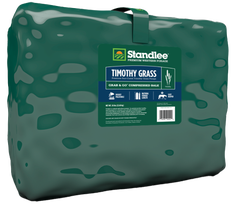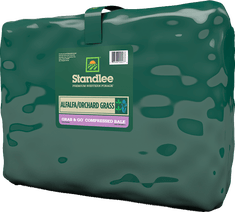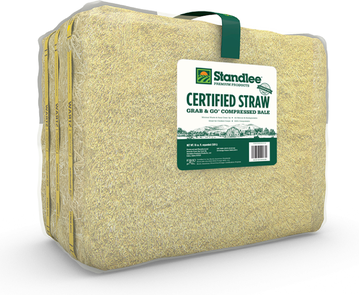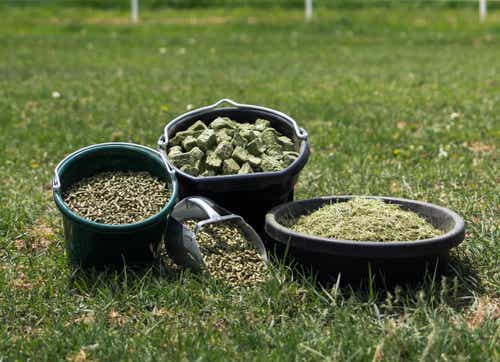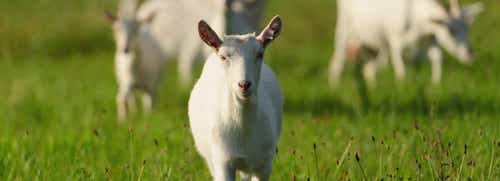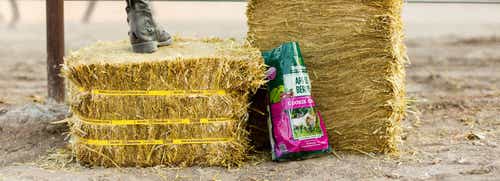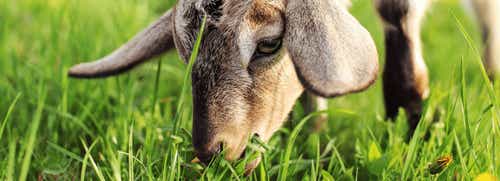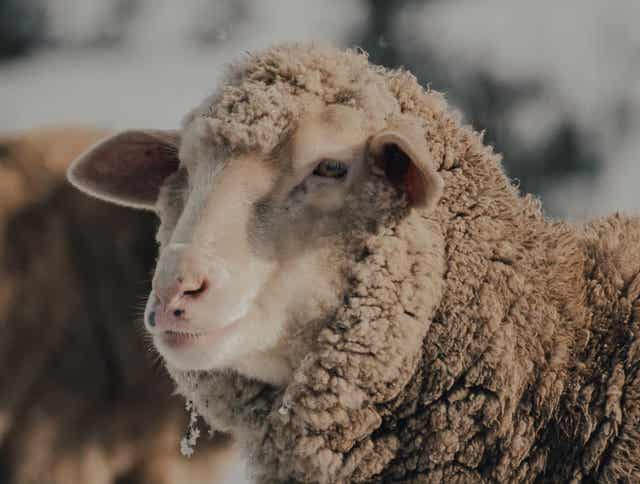
Feeding Sheep in Winter: Forage, Warmth, & Nutrition Tips for Cold Months
When snow flies and temperatures drop, sheep face new challenges. Cold requires extra energy, available pasture disappears, and fiber becomes their nutrition lifeline. Winter feeding isn’t just about keeping your flock alive – it's about keeping them thriving.
Here are essential forage strategies, feeding tips, and calculation methods to help your sheep stay warm, well-nourished, and healthy through the cold months.
Forage Selection & Quality: What Works Best in Winter
Grass Forages (Timothy, Orchard Grass)
Great for maintenance and early pregnancy. These forages are lower in sugar and protein compared to alfalfa, helping manage weight and metabolic risks while still supplying needed fiber.
Alfalfa/Grass Mixes & Alfalfa
Use when higher energy or protein is needed – like for late pregnancy, lactation, or growing lambs. But be cautious: too much protein/calories in cool or dry weather can lead to unwanted weight gain.
Dry, High-Quality Bale Forage
Dry hay or baled forage that was cured well keeps nutrients intact. Look for clean, mold-free forage with good leaf content.
Calculating Forage Needs: How Much Should You Feed?
Cold weather increases energy demands. Here’s how to estimate:
| Sheep Category | Daily Requirement* | Notes |
|---|---|---|
| Dry Ewes (Maintenance) | ~1.75% of body weight in high-quality forage | Increase slowly as temperature drops |
| Pregnant Ewes (late gestation) | 2.5%+ body weight + extra energy | Use mixed/alfalfa forage for added calories |
| Lactating Ewes / Growing Lambs | Up to 4% body, depending on milk yield & growth rate | Monitor body condition carefully |
*Forage needs can vary with cold stress, wind chill, and snow cover. Work with your veterinarian or an experienced livestock nutritionist to calculate the right daily forage amounts for your flock and to adjust rations as conditions change.
Soaking & Feeding Techniques for Winter Months
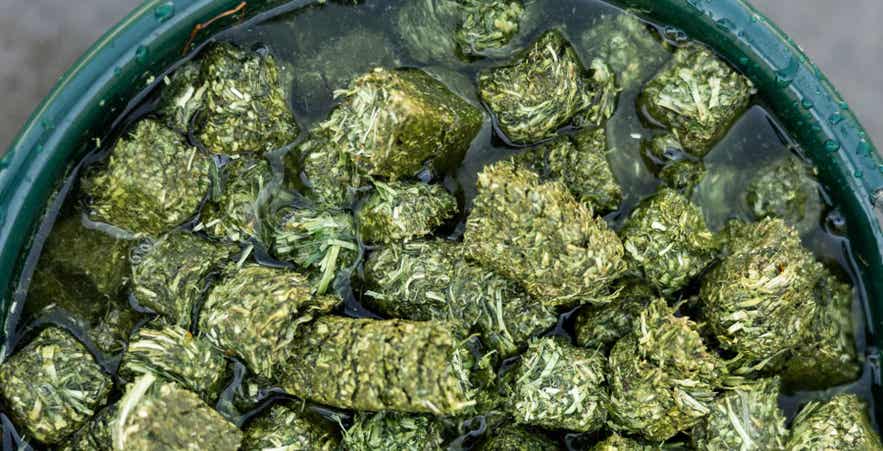
Warm Forage
Offering slightly warmed or room-temperature forage can help prevent chilling in cold weather.
Soaking Forage or Cubes
Helps with hydration and digestion; also reduces risk of choke (especially for animals with dental issues).
Feeding Frequency
More frequent, smaller meals can help sheep maintain body temperature. Grazers that ruminate more often generate warmth via digestion.
If using product formats like cubes or compressed bales, ensure they are properly soaked and accessible, so animals aren’t straining outdoors in the cold.
Keeping Sheep Warm Through Nutrition and Management
Sheep rely on both good care and good nutrition to stay warm in winter. Maintaining a body condition score (BCS) of 2.5-3.0 before cold weather sets in gives them the energy reserves they need. Sheep that enter winter underweight have a much harder time coping with the cold.
Environmental management also plays a big role. Shelter, bedding, and protection from wind and damp conditions can drastically reduce energy demands. Clean, dry bedding and simple windbreaks keep sheep from burning extra calories just to maintain body heat.
Nutrition is equally important. Fermentation of fiber in the rumen creates heat – a natural furnace that helps keep sheep warm from the inside out. That’s why feeding high-fiber forage, even if lower in calories, is critical during the coldest parts of the year. Aligning feeding times with the chilliest parts of the day maximizes this warming effect.
Other essentials include:
- Warm, unfrozen water: Sheep drink more (and stay healthier) when water is not icy cold.
- Balanced minerals, especially salt and trace elements: These support metabolism, immune function, and wool growth, all of which help sheep with winter stress.
By combining smart management with strategic forage feeding, you help your flock conserve energy, generate warmth naturally, and stay resilient all winter long.
Find winter-ready forage near you with our store locator tool.

